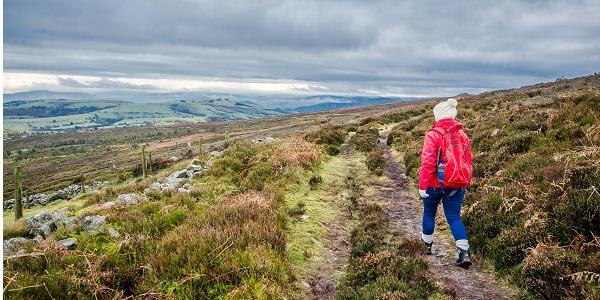
Down in southern Italy, the region of Puglia was once described by the Roman poet Horace as being thirsty and dry. Where it lies along the east coast, it has always been an arid area due to the porous soil. Inhabitants had to rely on water collection and wells in order to drink and as you drive along the region’s roads you will be able to spot the cisterns at the sides of the road where they were carved from the rock for the purpose of catching runoff water.
With such little surface water available, the early 20th century saw the start of the construction of an Aqueduct so that water could be piped to the places it was most needed. Engineers trapped water from the Sele River on the western slope of the Apennine mountains in the Campania region to the north, and were able to pump it to the eastern side to provide Puglia with drinking water.
The project began in 1906 and was completed in 1939, it took 20,000 workers. With the expansion of the pipe network necessary for reaching the smaller provinces, the Acquedotto Pugliese remains the largest of its kind in Italy. It’s such a feature of the region that a national bike trail and walking route now run along the aqueduct, and the journey they take you on boasts incredible scenery and beautiful countryside to discover. The aqueduct disappears for stretches at a time underground where it passes through various tunnels, but at certain points, like the Alberobello stretch, it sprouts off into a number of circular and linear walks, so you can pick and choose a preferred route.
Walking or cycling the Acquedotto Pugliese National Trail certainly promises an adventure and it is easy enough to find the start of a trail from the Trulli of Alberobello. Once you are on the aqueduct path there are signs to keep you on the right track.
Walks often depart from the site, or you can find various routes on the walk pack from reception. Don't miss out on exploring the countryside while you're here!
Title photo courtesy of Wikimedia Commons.

